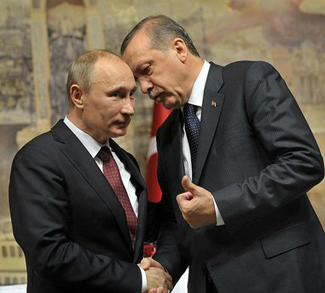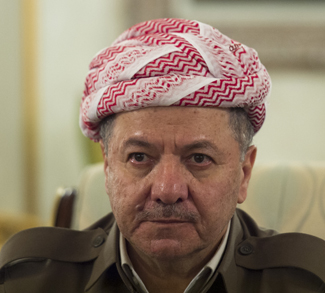Summary
The rise of Islamic State (ISIS) upped the ante in the global struggle to contain Islamic fundamentalism, and changed the way that states approach counterinsurgency operations (COIN). The group’s ‘lasting and expanding’ strategy, or taking and administering territory as a pseudo-governmental entity, is a radical departure from the international terrorist groups that preceded it, notably Al-Qaeda. This strategy has been implemented to dramatic effect thanks to the fertile ground afforded by lawlessness and sectarian tensions. The result has been one of the defining security questions of the past few years, one that Western and regional governments are still struggling to answer.
Since the fall of Fallujah in January 2014, Islamic State has made several territorial advances in the Iraq-Syria theater. 2015 saw fewer expansions of ISIS-held territory – notably the fall of Ramadi in May, an advance that has since been reversed, and the push into central Syria that resulted in the destruction of Palmyra’s ancient heritage.
The past year also saw another procession of the macabre atrocities for which Islamic State is known: the burning alive of Jordanian pilot Moaz al-Kasasbeh; the murder of Japanese journalist Kenji Goto; the beheading of 21 Egyptian Christians; the Bardo museum attack in Tunis; and the execution of 30 Ethiopian Christians in Libya – just to name a few.




